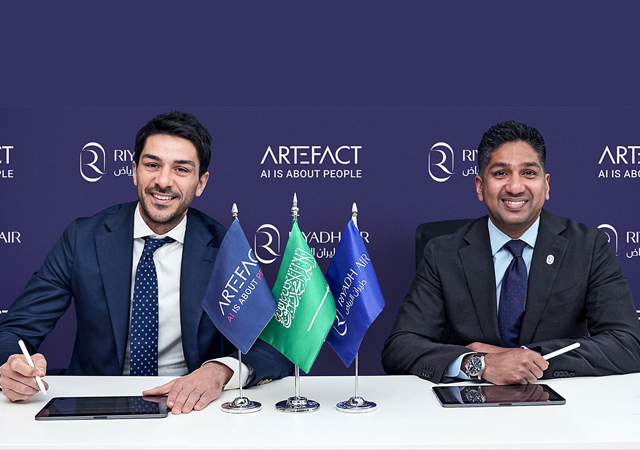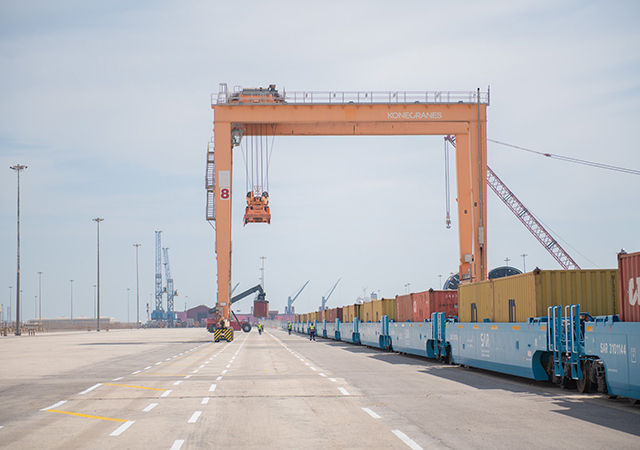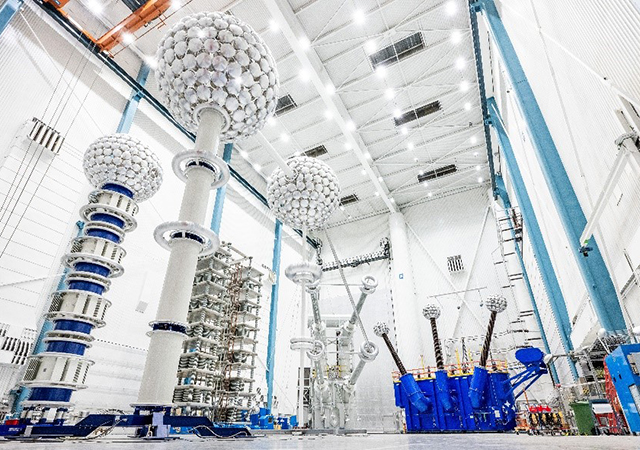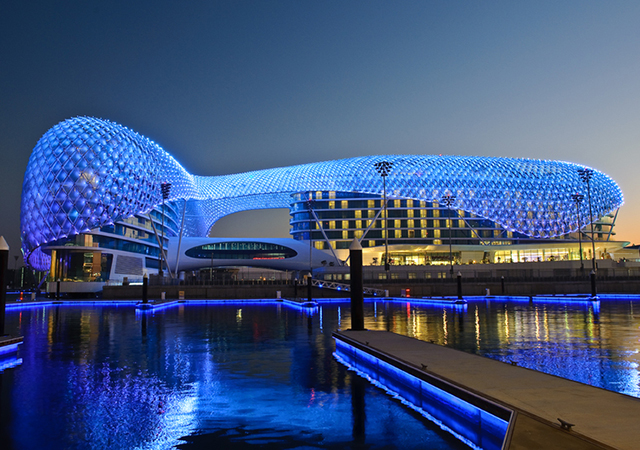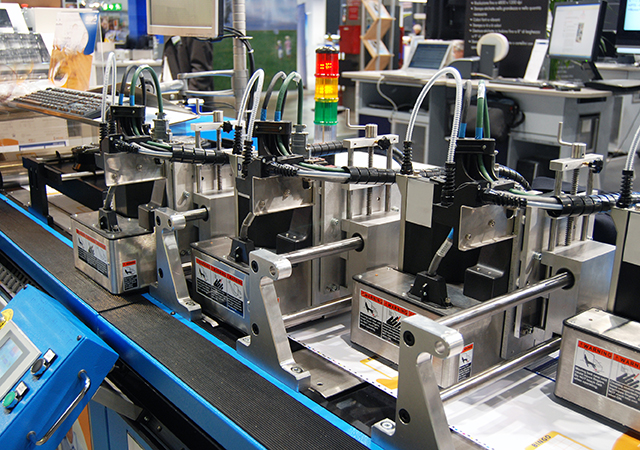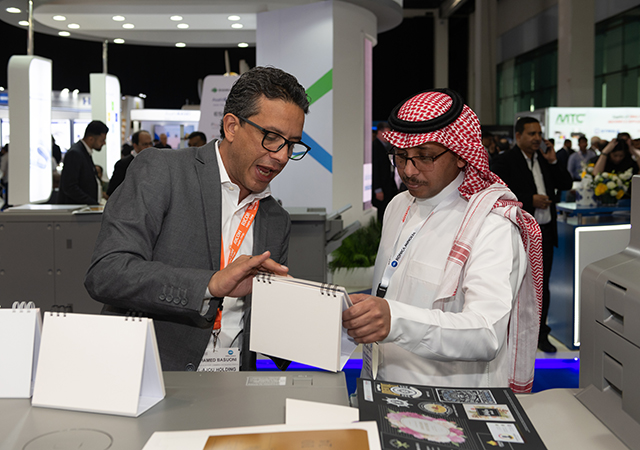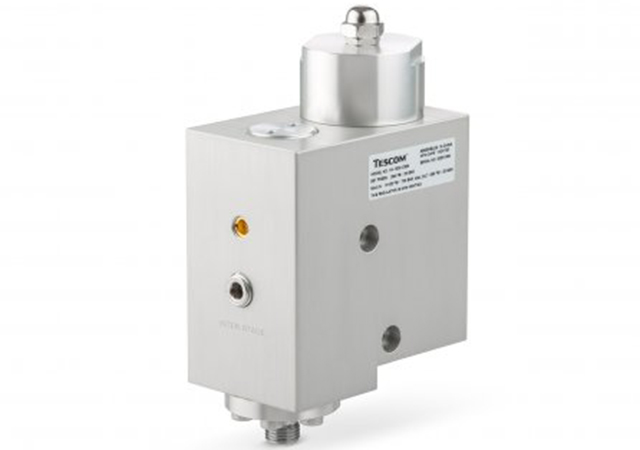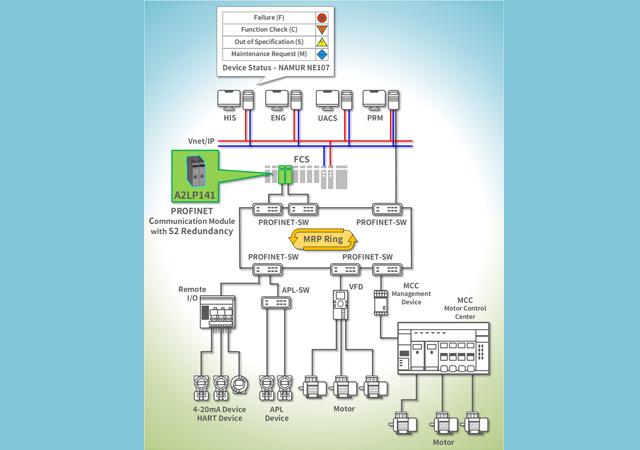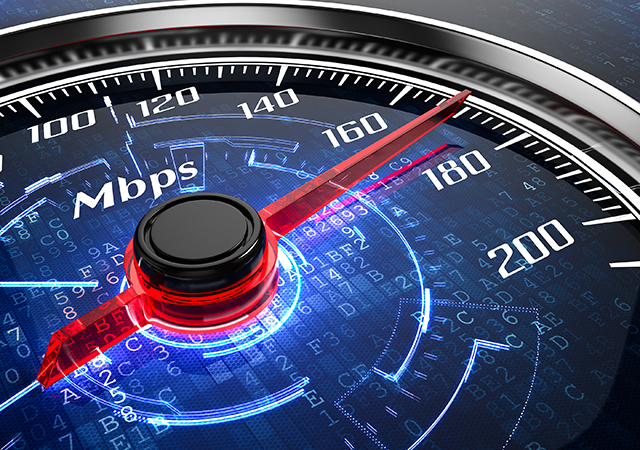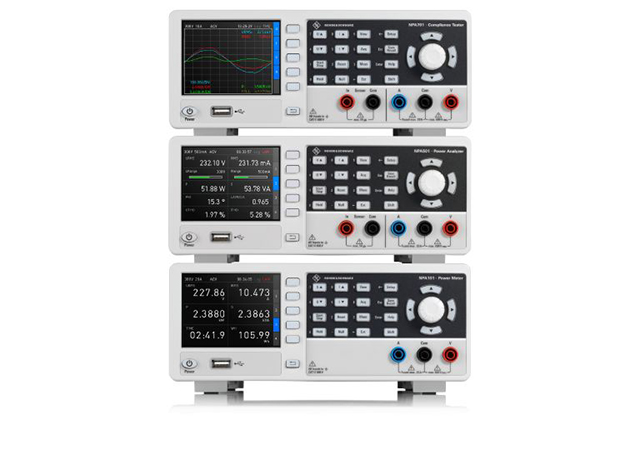
Roanoke (USA)-based Luna Innovations, which develops and manufactures products for the healthcare, telecommunications, energy and defense markets, has developed a paint for aircraft that will change colour to indicate damage to underlying composite material.
The paint will allow aircraft maintenance personnel to quickly identify potential composite damage without the use of expensive equipment.
Areas of damage highlighted by the paint can then be more closely inspected to determine if repairs are necessary, said Karin Clark, director of marketing and communications at Luna, according to a report in the Roanoke Times.
Dwayne Devinney, maintenance manager at US Airways Express in Roanoke, said for every 50 to 100 hours a plane is in the air, about 16 hours is spent on visual inspections.
With the impact-indicator paint, inspection time could be cut in half because mechanics would know exactly where to focus their attention.
“The use of composite materials is the future because of the gas mileage ... and the low maintenance cost,” Devinney said.
Composite materials are a combination of two or more substances, some serving as a “matrix,” holding everything together, and others acting as a reinforcement, in the form of fibres embedded into the matrix.
Currently, mechanics use expensive ultrasonic or X-ray equipment to detect damage on composite materials that the human eye can’t see, said Martin Rogers, co-inventor of the impact paint. According to Boeing Co,’s website, The Boeing 777 is 9 per cent composites by weight, compared to 50 per cent for the Boeing 787.
Modern military aircraft, such as the F-22 fighter, use composites for at least a third of their structures, and some experts have predicted that future military aircraft will be more than two-thirds composite materials, according to the US Centennial of Flight Commission’s Web site.
The military has been more liberal with the use of composite materials in its aircraft than commercial airlines.
The US Air Force solicited Luna to develop an improved composite damage-detection method for its military aircraft. Luna signed the contract in July 2005, said Clark, the Luna representative.
Rogers said lab researchers are in the process of refining the paint to help it become more marketable.
Right now, the paint is only being used on military aircraft. But Luna hopes to market the paint to a broader audience, including commercial airlines.
“Since this is a new product and new technology it will take time for commercial airlines to accept,” Rogers said.
“With the impact-indicator paint, the damage will be able to be seen with the human eye — possibly preventing an accident,” he said. “As people want to use composite materials more and more, we would like to have a system that will take away the worry and damage that they can’t see that can eventually lead to a more significant failure.”
Rogers said he hopes the paint can help commercial airplanes move to lighter-weight aircraft that are more fuel efficient.
“We are excited to continue working on the paint and getting it to the point that people can begin to use it,” he added.


